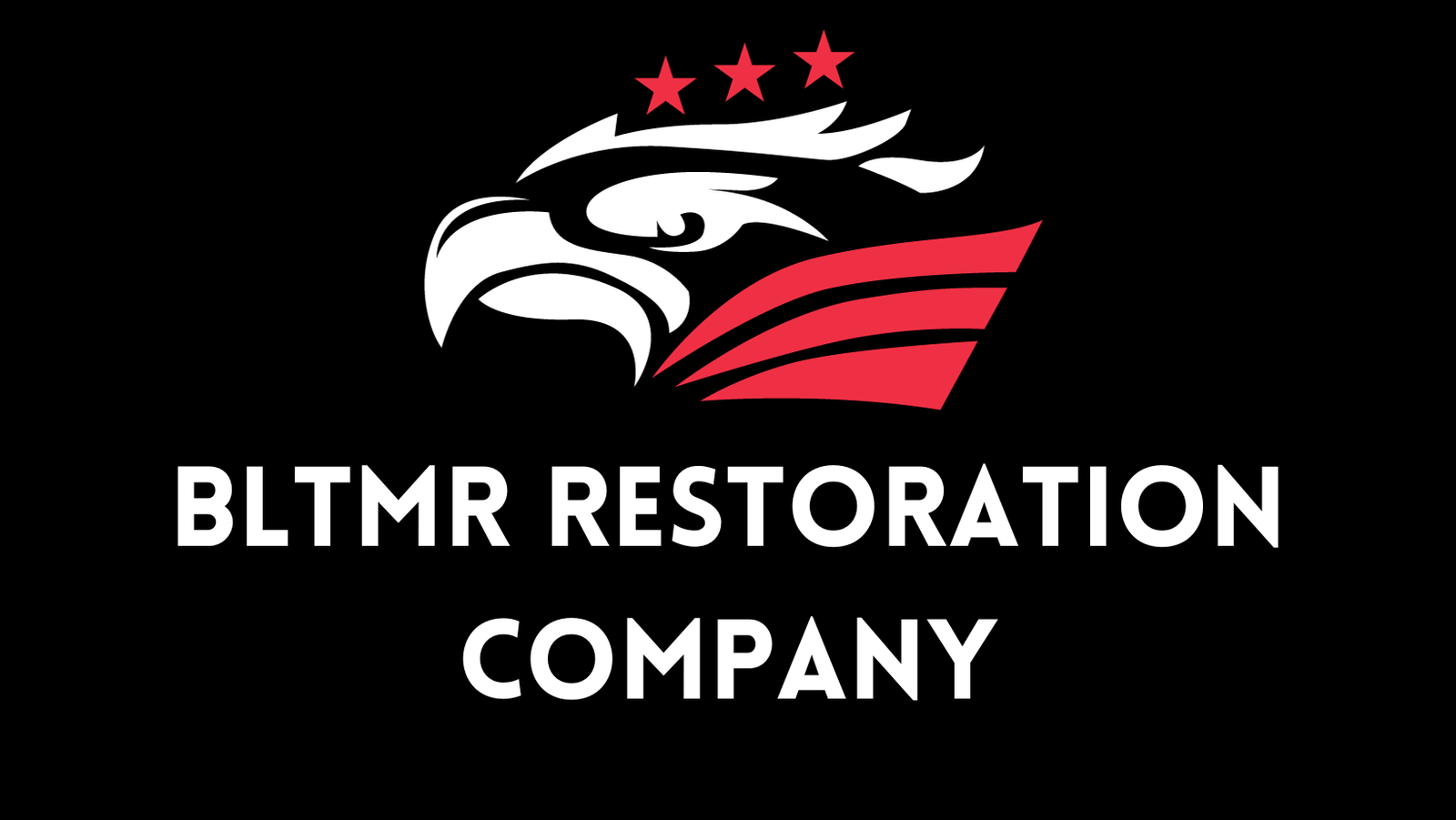Water damage restoration is a common problem for homeowners. It can be expensive and time-consuming to repair, but it doesn’t have to be if tackled early on with the right tools and techniques. For those who are looking for an affordable way to restore water-damaged areas of their home, DIY tips offer an attractive alternative. This article will discuss various DIY tips that individuals can use when repairing water damage in their homes.
When considering DIY options for water damage restoration, it is important to understand what needs to be done and how best to do it. A basic understanding of the materials and methods used in such repairs will help ensure safe, effective results. By following these steps, homeowners can save themselves both money and time by restoring their own water-damaged property rather than relying on professional services.
Introduction
Water damage restoration is a necessary procedure that can help homeowners to save their property and belongings from further destruction. In most cases, it involves the removal of excess moisture, along with any other affected materials such as carpets or furniture, in order to avoid mold growth, insect infestation, and other problems caused by water accumulation.
DIY tips for water damage restoration can be helpful for those who don’t have enough money for professional assistance but want to try restoring the damage themselves. It’s essential to take prompt action after noticing signs of water damage because otherwise, the situation might become worse within a short period of time.
Identifying where the water comes from, proper drying techniques and methods for cleaning upholstery are all important part of a successful restoration process. Furthermore, one must make sure that safety measures are taken during the whole process since some materials used in construction may contain hazardous substances which can cause health issues if they get into contact with contaminated water.
Safety First
Water damage restoration can be a daunting task. It is important to remember that any project of this type requires safety precautions, as the process may involve hazardous materials or situations. Before beginning work on water damage restoration, it is essential to take steps to ensure your safety and the safety of others working with you.
The most common hazards associated with water damage restoration include electric shock from standing in excess amounts of water or coming into contact with electrical outlets; slips, trips, and falls due to wet surfaces; breathing difficulties caused by contaminated air; and cuts or scrapes from sharp objects such as nails.
Protective gear should always be worn when entering an area affected by water damage – including goggles, gloves, boots, hard hats, and protective clothing. Additionally, shutting off power sources and using generators instead can help reduce the risk of electric shock. Taking all necessary measures will minimize potential risks and allow for the successful completion of the project.
Mitigating Water Damage
The devastating effects of water damage can be felt on countless levels, from destroying personal property to disrupting business operations. It is essential that individuals and organizations are aware of the steps necessary for mitigating potential damage as soon as possible. Taking swift action is key in order to ensure a successful restoration process which can save time, money, and resources in the long run.
One of the first steps after experiencing water damage is to remove any standing water and begin drying out wet areas. This includes using fans or dehumidifiers to help with air circulation and absorption of moisture from carpets, fabrics, furniture, and walls. Additionally, it may be helpful to inspect all electronics for signs of corrosion before attempting repair or replacement. Mold growth should also be monitored closely during this stage by checking frequently for discoloration or musty odors in affected rooms or surfaces.
With proper mitigation techniques and quick response times, businesses and homeowners alike can successfully restore their properties without further loss or disruption.
Limitations Of Diy Restoration
DIY water damage restoration can be a great way to save money and time, however, it also has its limitations.
DIY restoration typically requires specialized equipment and knowledge to properly identify the source of the damage and the extent of repairs needed. Additionally, without proper experience in utilizing these tools, there is a risk that further damage could occur during the process. Even if all necessary resources are available for DIY restoration, some types of water damage may still require professional assistance due to their complexity or potential safety hazards. For example, when dealing with mold or sewage, one should consider hiring an experienced contractor as they will have access to additional expertise and products not readily available to the general public.
Ultimately, depending on the type of water damage present and the level of experience an individual possesses, DIY restoration may either be a viable solution or an impractical option.
Conclusion
The water damage restoration process can be a daunting and time-consuming task. Taking the right steps, however, will ultimately save you time, money, and energy in the long run.
Following these DIY tips can help make repair efforts easier to complete while ensuring that your home is safe from further damage. From assessing the source of the leak to properly drying out affected areas, taking proactive approaches at every step is critical for successful water damage restoration.
It’s important to remember that although this may seem overwhelming initially, it’s possible to restore your property with careful attention and preventive measures. With patience and proper care, your home or office will soon be back up and running as usual.
